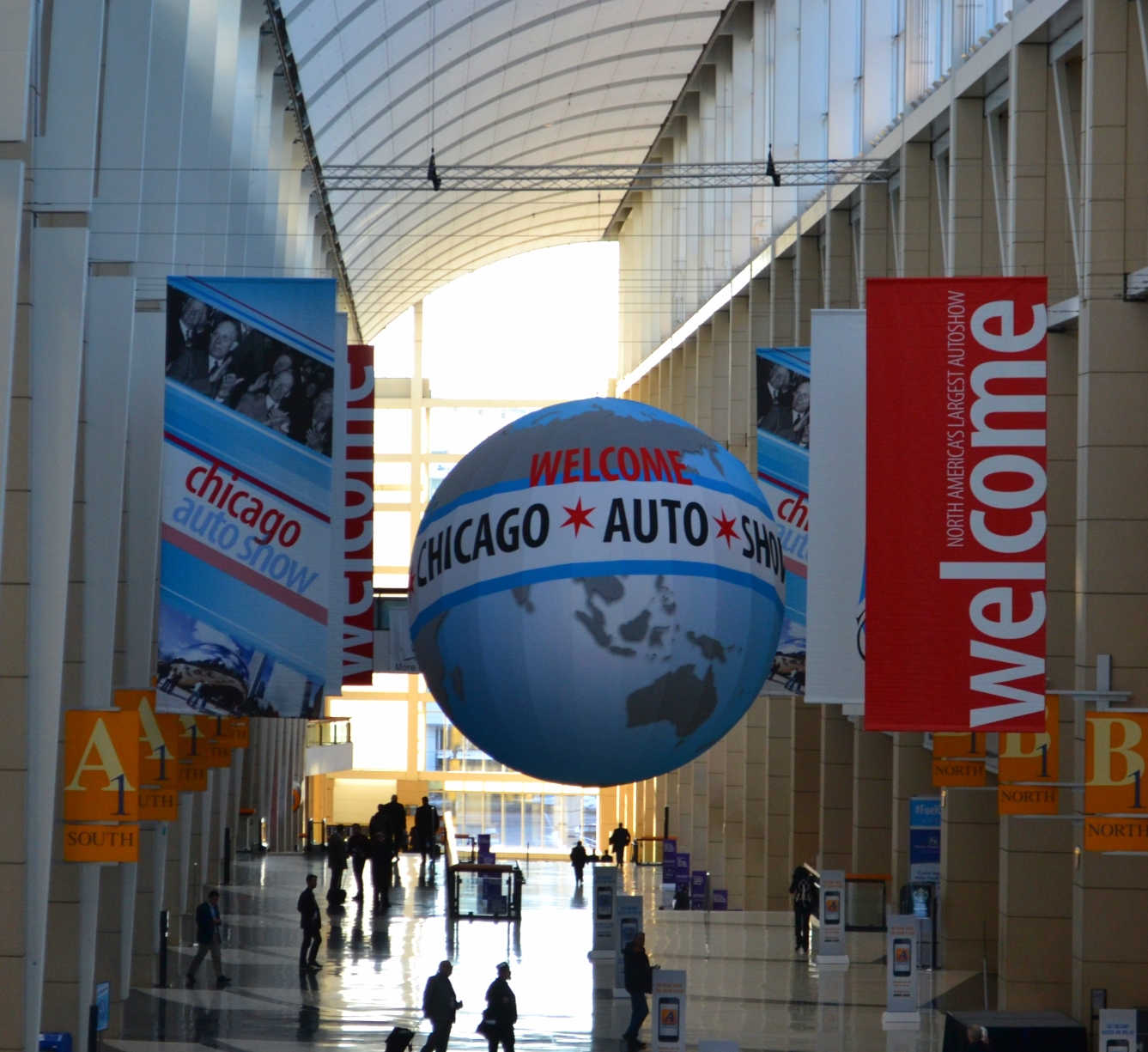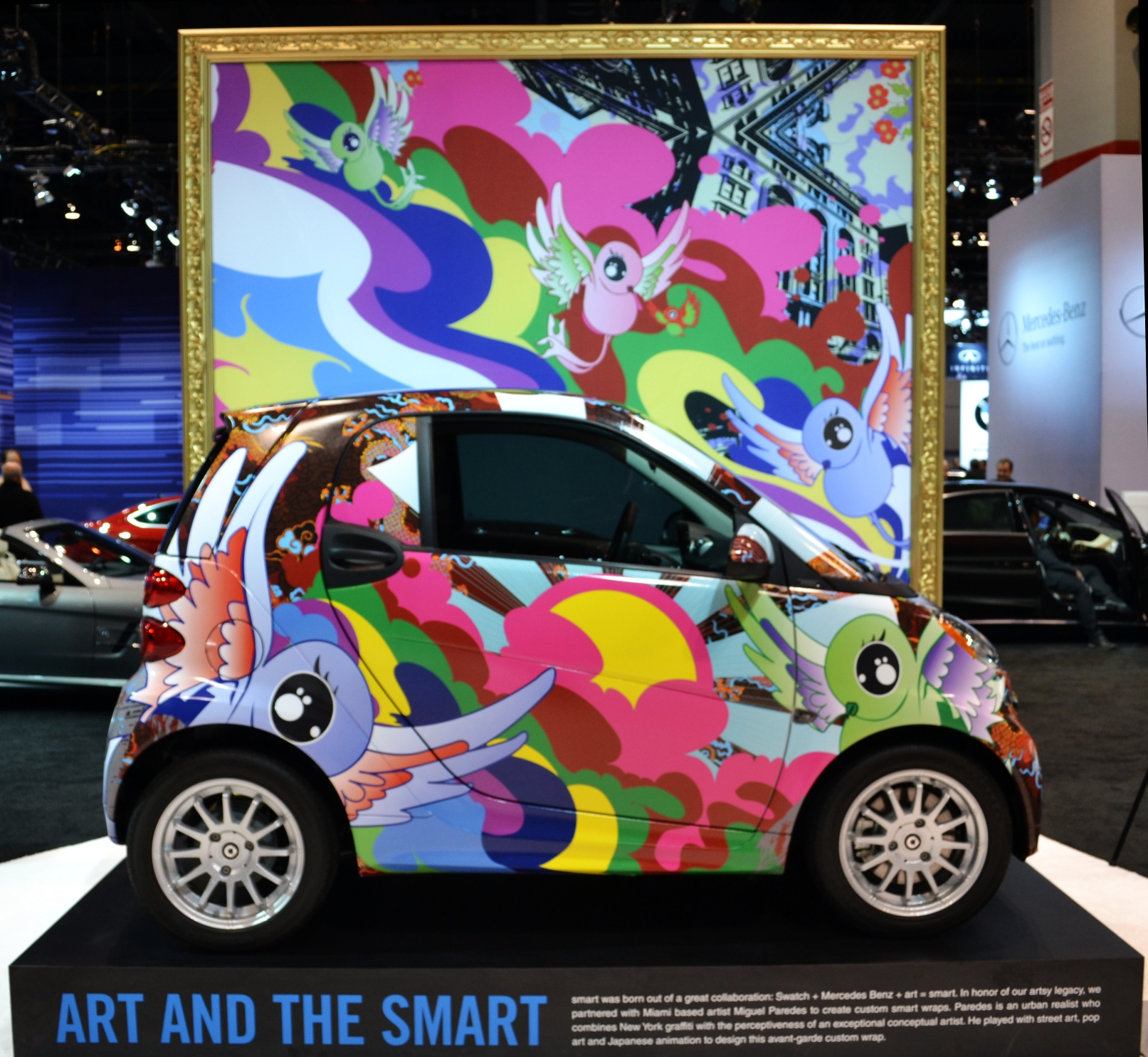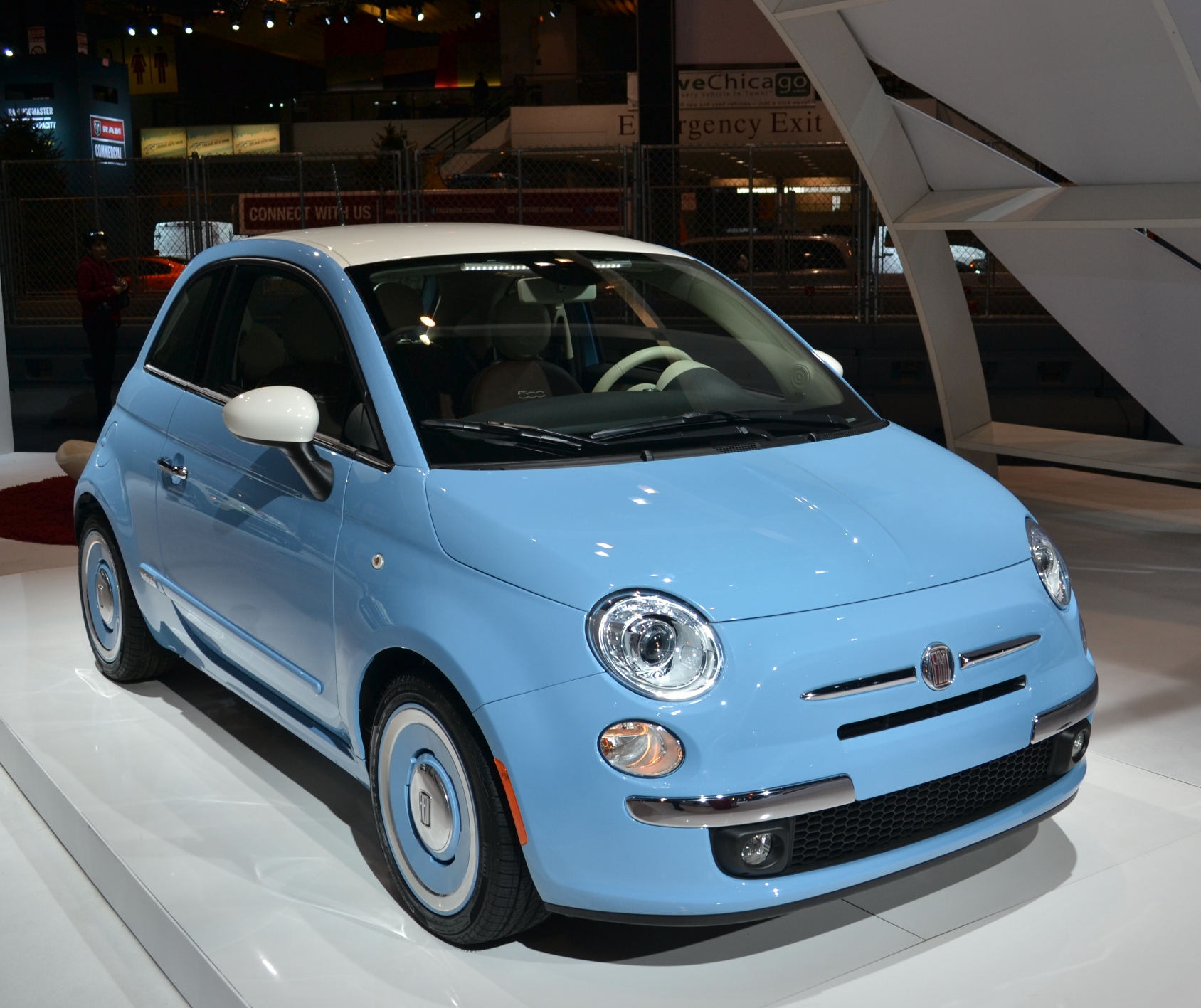COMET News - March 2014
Heynen sees one bright spot that might be a piqued interest in competing, alternative providers.
He adds, “I do believe the deal will spark more long-term interest among alternative providers like Google, utilities, and municipalities in deploying their own fiber networks, despite the regulatory challenges that will involve.”
Chicago Auto Show 2014
The intersection of connectivity and cars is busier than ever, so it’s no surprise that Pipeline was invited to cover the Chicago Auto Show 2014. The show floor opened for media previews on February 6 at the McCormick Place in Chicago, and major manufacturers hosted press conferences every half hour.
 Top trends at the show were personalization, connectivity, and sustainability. Interestingly, these same three trends are percolating through many other customer-facing industries these
days.
Top trends at the show were personalization, connectivity, and sustainability. Interestingly, these same three trends are percolating through many other customer-facing industries these
days.
Personalized options extended from basic color and feature sets options, to vintage throwbacks like the Fiat 1957 edition, and custom auto wraps, like the “artist” car from Smart. A representative from Volvo told Pipeline that the same manufacturing line can turn out four different models without significant re-tooling, and with just-in-time (JIT) manufacturing, warehouse space requirements have significantly diminished.
Many new innovations focused on reducing carbon emissions without impacting performance. This sustainability drive was evidenced by everything from weight reduction, to high performance engines, to more aerodynamic designs and smarter combustion control. Lots of automakers showcased battery-powered cars, but BMW made perhaps the biggest splash by introducing its first line of electric cars.


The real reason Pipeline was in attendance, however, was to report on the evolution of connected platforms, and the ways in which the automotive industry is leveraging connectivity to improve driver safety and experience. During a panel discussion, one analyst said that the average car coming off the production line in 2015 will be enabled by 30 million lines of code. In others words, there will be more lines of code written for the average car in 2015 than for an F15 fighter jet, he said.



















